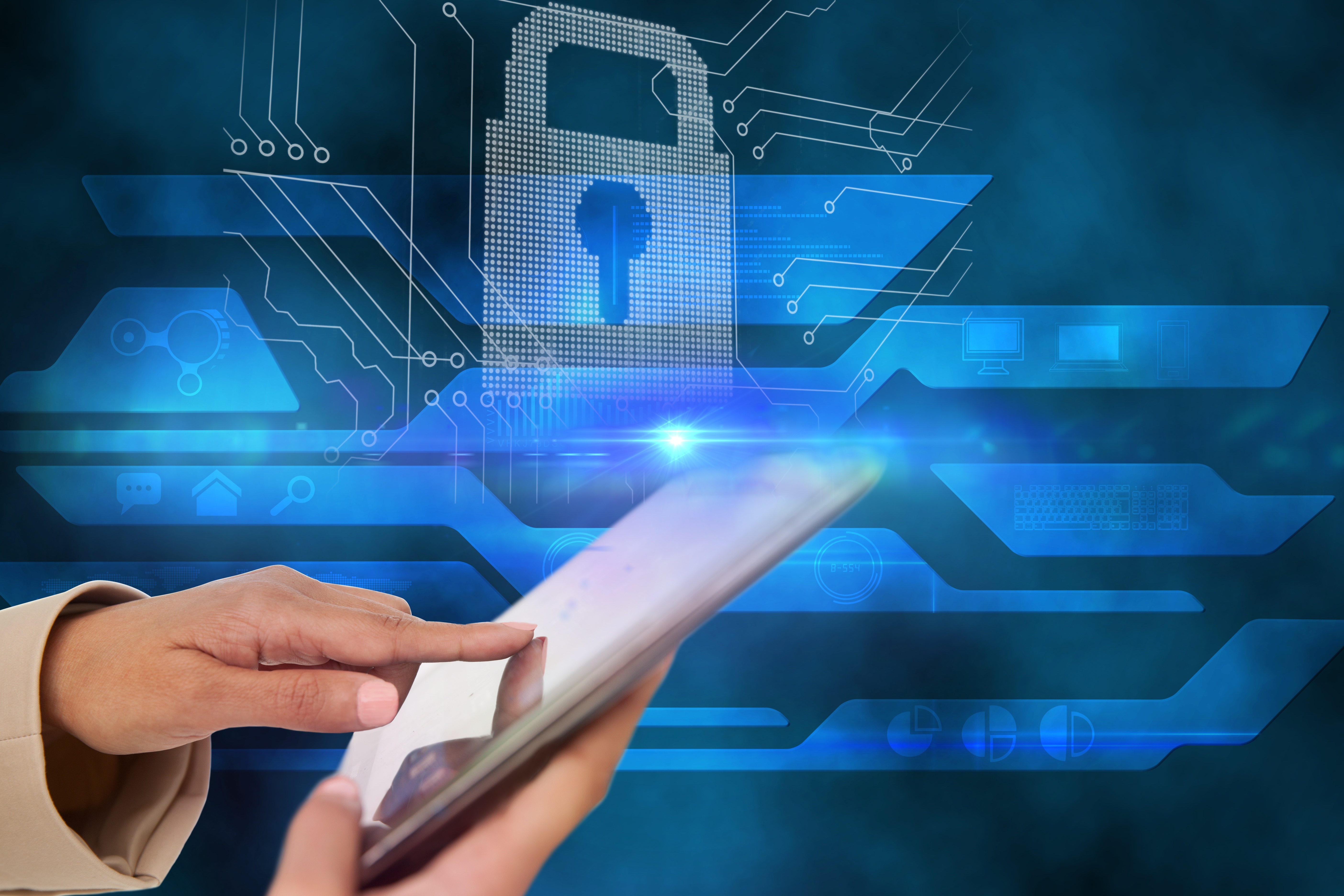Authentication is the process of verifying someone's identity before allowing them to proceed with a transaction. The goal of authentication is to ensure that the person attempting to access data or a system is authorized to do so.
Authentication can take various forms, such as PINs, Passwords, and OTP codes. However, as technology advances, hackers are finding it increasingly easy to breach these authentication methods.
Let's look at some facts. In 2023, Indonesia recorded 97,465 financial phishing attempts, making it one of the most affected countries in Southeast Asia. Every month, around 500,000 phishing attempts occur in Southeast Asia.
Additionally, the threat of mobile malware has also sharply increased in Indonesia. Approximately 1.5 million devices were infected, with a 32% rise in mobile banking malware attacks targeting Android users. The number of personal data breaches is also staggering, with around 144 million user accounts exposed in 2023.
These figures clearly show that personal data faces serious threats. So, what does this have to do with using passwords and PINs? It turns out that passwords and PINs have several weaknesses when it comes to digital transactions.
Amidst personal data breaches and transaction security concerns, are our accounts truly safe relying solely on passwords and PINs? Or could these authentication methods be leaving wide gaps for hackers to rob our accounts? Let’s delve into the details!
Weaknesses of Passwords, PINs, and OTPs
Passwords and PINs, though long relied upon for authentication, have a fundamental flaw: users must remember them. This is also why passwords and PINs are easy to guess or steal.
Here are some of the shortcomings of Passwords, PINs, and OTPs.
- Vulnerable to Hacking
Studies show that 90% of passwords are vulnerable to hacking. Weak or easily guessed passwords can be cracked using brute force attacks. Additionally, around 65% of users reuse the same password across multiple accounts, increasing the risk of security breaches.
- Password Confusion
Complex password requirements often lead to user confusion. This can result in weaker passwords that are easier to remember but also easier to mimic or leak.
Furthermore, managing multiple passwords for various accounts can be very cumbersome, leading to potential security gaps.
- Vulnerability to Attacks
OTP codes sent via SMS are not secure because there are two common ways hackers can exploit SMS OTPs. First, SIM Swapping: attackers can hijack phone numbers through SIM swapping attacks, intercepting OTPs intended for authentication. In 2023, such attacks increased by 450%. Second, Interception and Phishing: SMS OTPs can be intercepted or used in phishing attacks.
- Dependence on Cellular Networks
The effectiveness of SMS OTPs heavily depends on the availability and reliability of cellular networks. Delays or failures in receiving OTPs can lead to user frustration and transaction withdrawals.
- Inconvenient User Experience
Using PINs and OTP codes often results in a less-than-ideal user experience because users must remember a lot of information or wait for verification codes. This can discourage users from completing the process and increase the likelihood of entering codes incorrectly.
Use Secure Multi-Factor Authentication
With the rising threats, it's time to consider more secure authentication methods, namely multi-factor authentication (MFA), which requires users to provide two or more verification factors.
VIDA simplifies multi-factor authentication so that users only need to perform biometric authentication. Here are the features in VIDA's authentication:
1. Device Authentication
Also known as silent authentication, this technology uses digital certificates and public key encryption to automatically verify a user's identity. Simply put, the user’s device has already been authenticated, reducing the risk of social engineering attacks.
2. Face Liveness
This anti-spoofing technology detects the authenticity of a person's face in real-time. With Face Liveness, the system can distinguish between a legitimate user's face and fraudulent attempts using photos or videos.
3. Verified Identity
VIDA's authentication can leverage identities that have been verified through VIDA's identity verification process. This means that only properly verified identities can be used to access services or conduct transactions, reducing the risk of identity fraud.
4. Passwordless Authentication
With this layer of security, users do not use passwords, PINs, or OTP codes at all. The authentication process takes just 1 second, where users only need to perform biometric authentication.
Examples of VIDA Authentication Usage
Here are some examples of VIDA authentication usage in digital transactions.
- Security for High-Value Transactions
When users conduct high-value transactions, VIDA authentication plays a crucial role in ensuring that only authorized users can complete the transaction. The authentication process involves biometrics, confirming the user's identity in real-time, preventing fraud attempts, and ensuring that transactions are secure and protected from unauthorized access.
- Prevention of Account Takeover
VIDA authentication provides an extra layer of security to protect accounts from being taken over by unauthorized parties. Through a combination of biometric authentication and public key encryption, VIDA ensures that only verified account owners can access and manage the account.
- Personal Data Changes
When users need to update personal data, VIDA authentication ensures that changes can only be made by the legitimate individual. This process involves strict identity verification using biometrics and anti-spoofing technology, protecting users' personal data from manipulation or access by unauthorized parties.
Given the various risks and how easily passwords and PINs can be accessed by unauthorized parties, biometric authentication is a security step for businesses dealing with user identities.
Biometric-based authentication, as offered by VIDA, not only provides higher security but also ease and efficiency in use.
So, back to the question, do you still feel safe relying solely on passwords and PINs for your digital transactions?

.png)


